This site uses cookies, by continuing to use this site you are agreeing to their use. Learn More
the supreme court
This site uses cookies, by continuing to use this site you are agreeing to their use. Learn More
the supreme court
| Click on the thumbnails to get a larger picture, then on |
|
on the top LHS of the screen to return to this page. |
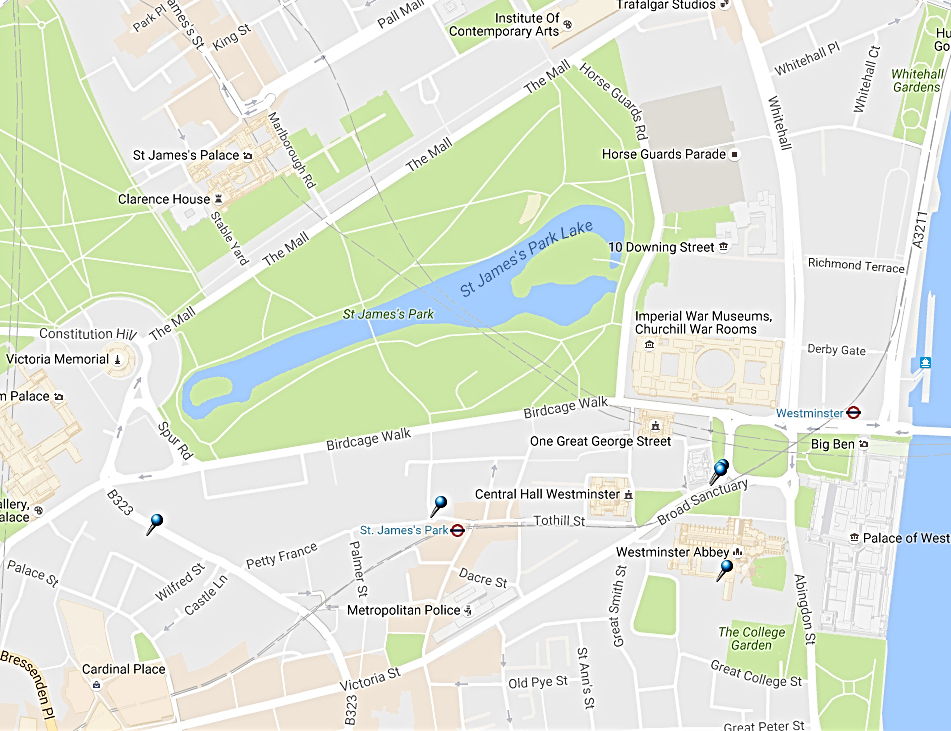
U4P took the train to West Hampstead then the Jubilee line to Westminster
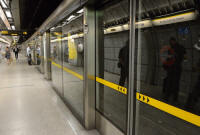 |
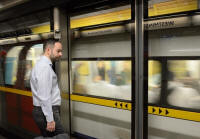 |
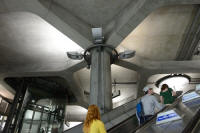 |
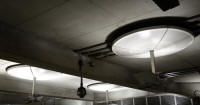 Good lights |
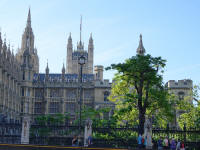 |
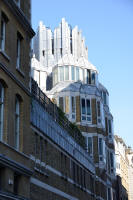 |
 Hair |
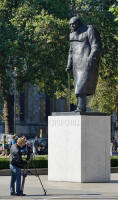 Churchill |
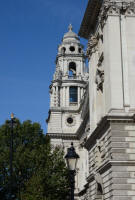 |
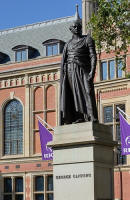 George Canning |
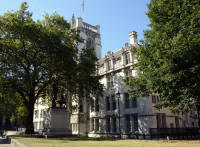 The Supreme Court |
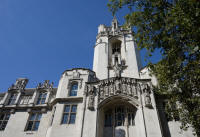 |
|
The Supreme Court was built by Scottish architect James S Gibson (1864 – 1951) with Skipwith and Gordon, and sculptures by Henry Fehr, the building is situated opposite the Houses of Parliament and flanked by the Treasury and Westminster Abbey. Gibson demonstrated a modern approach to his design by “keeping it quite distinct in scale and style so as to preserve its own individuality.” Construction took place from 1906 to 1913, as one of a number of significant buildings constructed in the area at the early 1900’s, including the Government Offices in Great George St (now HM Treasury), the Methodist Central Hall, the Head Quarters of the Royal Institution of Chartered Surveyors, and the Institute of Civil Engineers. The boldly massed building has a Portland stone exterior (load bearing with an internal steel frame) and a slate roof. Described as neo-Gothic with Flemish – Burgundian references it is influenced by Henry Wilson and Giles Scott in the concentration of carved ornamental stone balanced by a bare wall plane. The building has three storeys, a basement and dormered attic storey with a steep hipped roof which is nine bays wide. The entrance is a segmental arched deep set portal with great segmental arched window above, framed by canted bay turrets (English Heritage listing description). A tower, with large arched windows and lofty stone chimney stacks, rises above the building to the same height as the nearby parish church of St Margaret. The exterior is decorated with fine stone carvings and parapets and dormers that mirror Barry and Pugin’s Palace of Westminster. Being of relatively modern construction, the building is in good condition, and the majority of its historic fabric, decoration and fixed furniture survive. Taken from https://www.supremecourt.uk/visiting/the-building.html |
|||
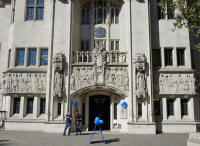 The Supreme Court |
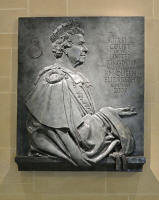 |
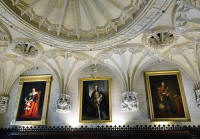 The Library |
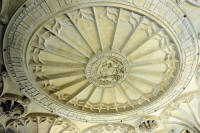 |
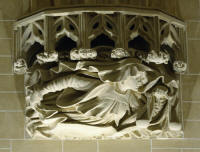 |
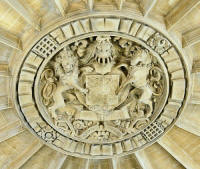 |
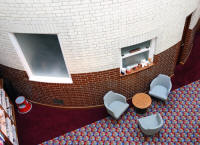 |
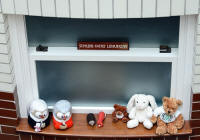 |
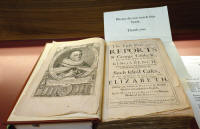 |
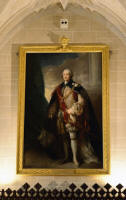 |
 |
 The Supreme Court Emblem Emblematic curtains |
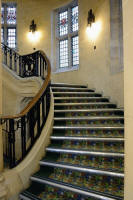 |
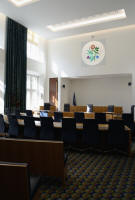 |
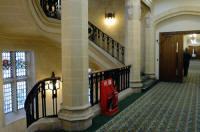 |
|
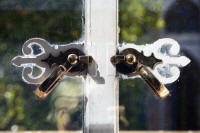 |
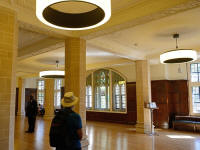 |
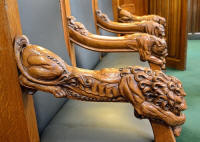 |
|
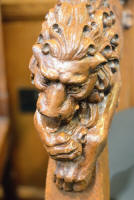 |
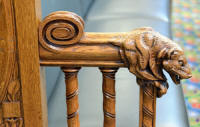 |
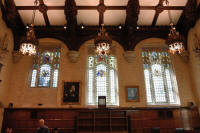 |
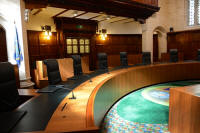 |
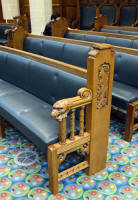 |
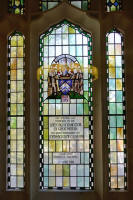 |
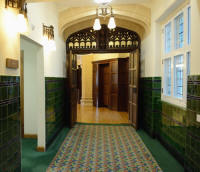 |
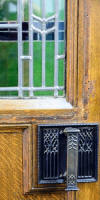 |
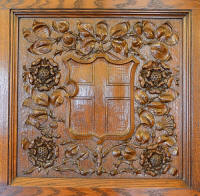 Panel |
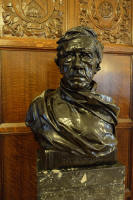 Brougham |
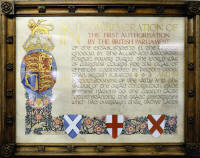 In Commemoration of the First Authorisation by the British Parliament |
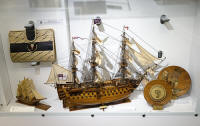 Model of HMS Victory |
 Sheep - craftwork made by young offenders |
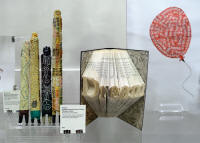 Dream |
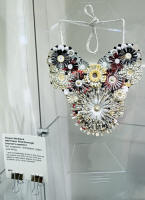 Necklace made of paper |
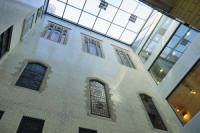 Café area - old and new |
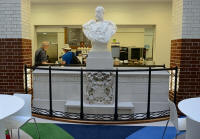 Edward VII presides in the café |
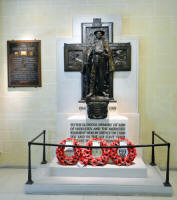 War Memorial |
We went on to Methodist Central Hall past the Queen Elizabeth II Conference Centre which was being renovated |
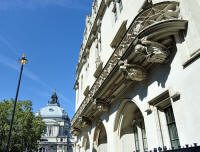 |
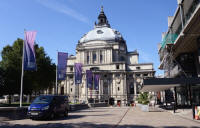 Methodist Central Hall |
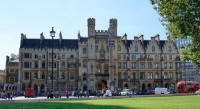 Westminster School |
Inside the Methodist Central Hall |
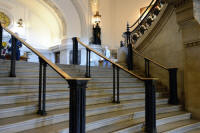 |
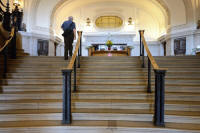 |
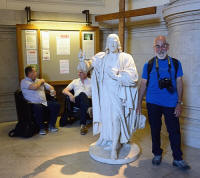 |
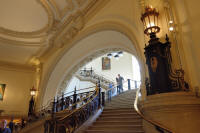 |
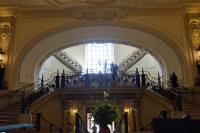 |
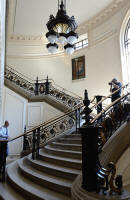 |
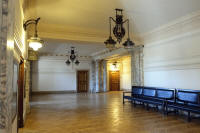 |
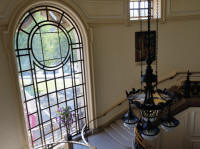 |
 Good use of artificial flowers |
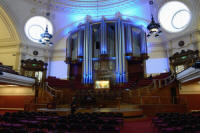 The Great Hall |
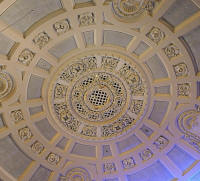 Ceiling |
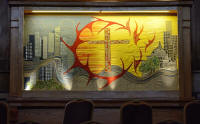 Altar Embroidery |
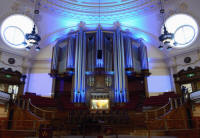 The Organ |
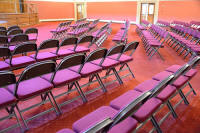 Chair patterns |
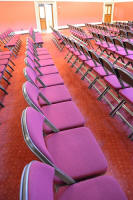 |
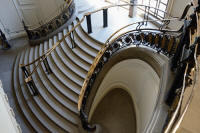 Wonderful staircase |
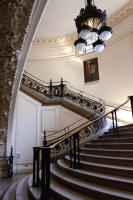 |
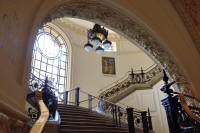 |
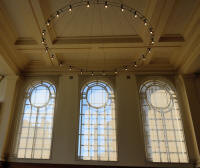 |
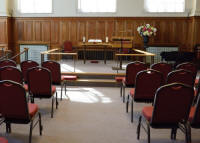 The Chapel |
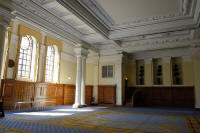 |
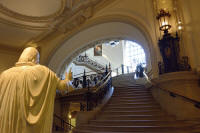 |
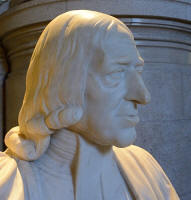 |
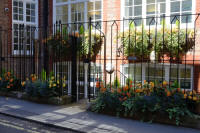 |
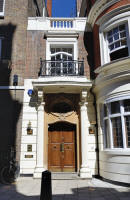 |
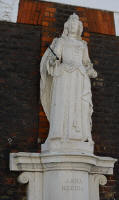 Queen Anne |
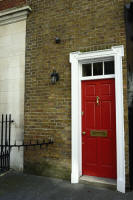 No sitting... |
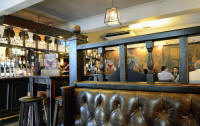 The Two Chairmen (carrying a sedan chair) is thought to be one of the oldest pubs in Westminster |
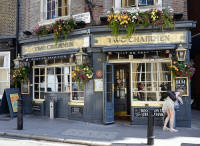 3 of us had a satisfactory lunch, but the service was slow |
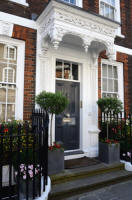 Handsome terrace |
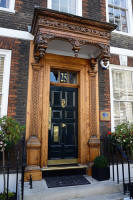 We preferred the white paintwork |
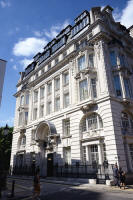 |
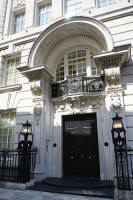 Falcon House |
|
http://www.homesandproperty.co.uk/property-news/will-this-be-londons-most-expensive-house-28598.html
FALCON HOUSE bought for £50 million by a Middle Eastern
royal family as a shell — with no interior walls, stairs or original
architectural features, it is now being turned into 33,863sq ft of
living space plus a double height basement complex including a swimming
pool and underground car park. The house could easily contain 279
standard one-bedroom flats. |
|||
| Wellington Barracks |
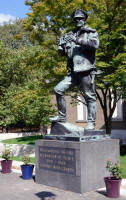 |
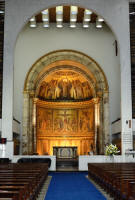 On Sunday 18 June 1944 the Chapel was destroyed by a flying bomb which killed 121 people, yet left the Altar candles burning, a symbol of hope for the future. The Guards' Chapel is the only remaining Military Chapel in London. |
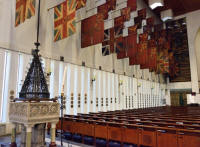
Colours from old campaigns |
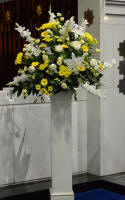 |
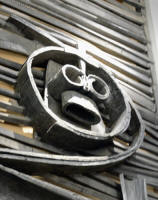 |
||
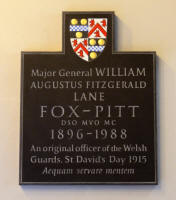 |
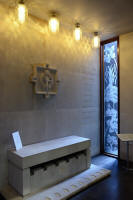 Welsh Guards glass panel by Laurence Whistler |
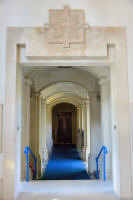 |
|
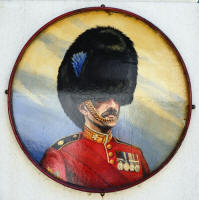 Shamrock on the collar, blue on the bearskin, but three buttons... |
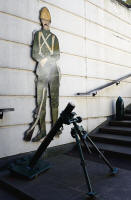 Soldier of the Boer War and a mortar not from the nineteenth century |
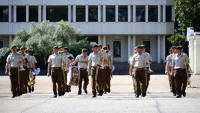 |
We watched the band rehearsing; they are wheeling in the lower picture We looked at some marvellous tin soldiers in the shop, exquisitely painted, but too expensive for us. |
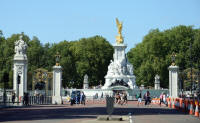 Victoria Memorial |
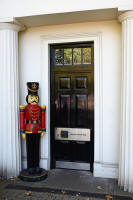 Guards' Bookshop |
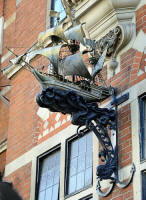 Office of the High Commission of the Kingdom of Swaziland |
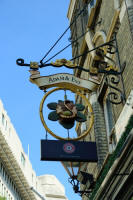 You have to believe it... |
| There were no hold-ups on the journey home and convenient as we stepped onto the trains with no waiting | |||